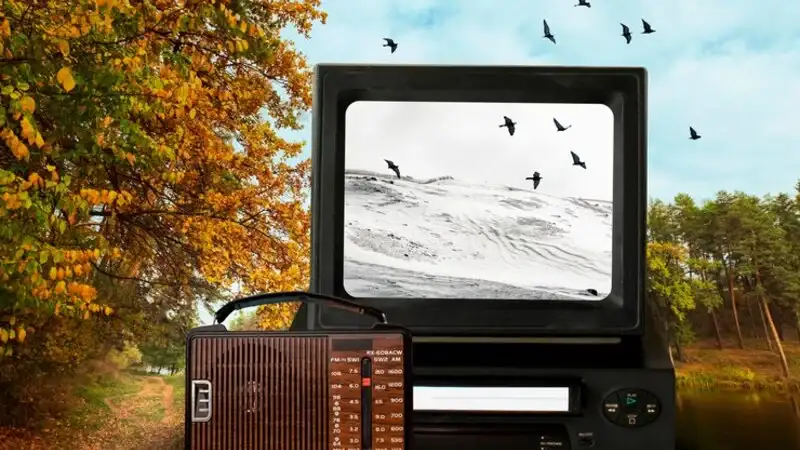In a world dominated by streaming services and digital downloads, it’s fascinating to see classic media formats such as vinyl records, VHS tapes, and DVDs making a resurgence. This comeback isn’t just about nostalgia; it’s a multifaceted phenomenon that speaks to our enduring connection to physical media.
The Rise and Fall of Classic Media Formats
The evolution of media formats has been swift and transformative. Vinyl records, once the staple for music lovers, were overshadowed by cassette tapes and then CDs. VHS tapes revolutionized home entertainment in the 1980s and 1990s before DVDs took over with their superior quality and durability. However, with the advent of digital streaming, these physical formats faced a steep decline.
The Role of Nostalgia in Media Consumption
Nostalgia plays a significant role in the resurgence of classic media formats. For many, these formats represent a tangible connection to their past, evoking memories of simpler times. Collecting vinyl records or VHS tapes can be a way to relive childhood experiences or share them with a new generation. The tactile nature of these formats provides a sensory experience that digital media cannot replicate.
Classic Formats in the Digital Age
In today’s digital age, classic media formats have found a unique niche. Vinyl records are celebrated for their superior sound quality, while VHS tapes and DVDs offer a tangible piece of history. Collectors and enthusiasts appreciate the unique qualities of these formats, and limited-edition releases or special anniversary editions often fuel this interest.
Practical Guide to Preserving Old Media Formats
Preserving old media formats requires careful handling and proper equipment. For instance, many people are converting VHS to DVD to preserve their loving memories. This process involves transferring the analog signals from VHS tapes into a digital format that can be stored on DVDs or even hard drives. It’s a way to safeguard precious moments from the ravages of time.
Converting VHS to DVD
To convert VHS to DVD, you will need a VCR player, a computer with a video capture card, and DVD-burning software. Connect the VCR to the computer using the video capture card, play the VHS tape, and use the software to record the video. Once captured, you can burn the recorded video onto a DVD. This process not only preserves the content but also makes it more accessible for future viewing.
The Market Dynamics Behind the Comeback
Several factors contribute to the resurgence of classic media formats. One significant factor is the market dynamics driven by limited supply and increasing demand. Collectors are willing to pay premium prices for rare items, and companies have started to reissue classic formats to cater to this market. Additionally, the resurgence of interest in retro and vintage aesthetics has fueled this comeback.
Timeline of DVD Popularity
Understanding the timeline of DVD popularity provides context for the shift from analog to digital media. The first DVD was released in 1996, and by the early 2000s, DVDs had become the dominant format for home entertainment. This transition marked a significant shift in how we consumed media, offering better picture quality and more durability compared to VHS tapes. The popularity of DVDs peaked in the mid-2000s before digital streaming began to take over.
To Wrap Up
The comeback of classic media formats is a testament to the enduring appeal of physical media. Whether driven by nostalgia, the desire for a tangible connection to the past, or the unique qualities of these formats, their resurgence highlights the cyclical nature of media consumption. As we continue to embrace new technologies, it’s clear that there will always be a place for the classics in our hearts and homes.
